One of Disney’s most highly regarded Star Wars series, The Mandalorian, has widely been considered to be inspired by the samurai genre of Japanese films and comics. Almost immediately since it first premiered in 2019, fans have pointed out that it’s reminiscent of Lone Wolf & Cub, a 1970s Japanese manga that was so popular that it spawned multiple TV series and several feature films.
Now, after we dug deeper and gave numerous examples of the show’s extreme borrowing from Lone Wolf & Cub, we show how they likely also heavily borrowed from another manga.
The Mandalorian first premiered on Disney Plus in 2019 and has been rightfully praised for its unique approach to storytelling. It relies on non-action wordless moments to define much of its script, such as showing the connection between Grogu (still better known as Baby Yoda) and the Mandalorian himself. The contrast of a bounty hunter traveling with a child was also one of the most appealing aspects to the series and, to a large degree, that child was the star of the show despite its title. This entire premise of a bounty hunter traveling with child, along with the method of how the story is told – such as the many wordless moments it relied on – was originally done by Lone Wolf & Cub. Even some scenes from The Mandalorian directly reflect certain panels in Lone Wolf & Cub.
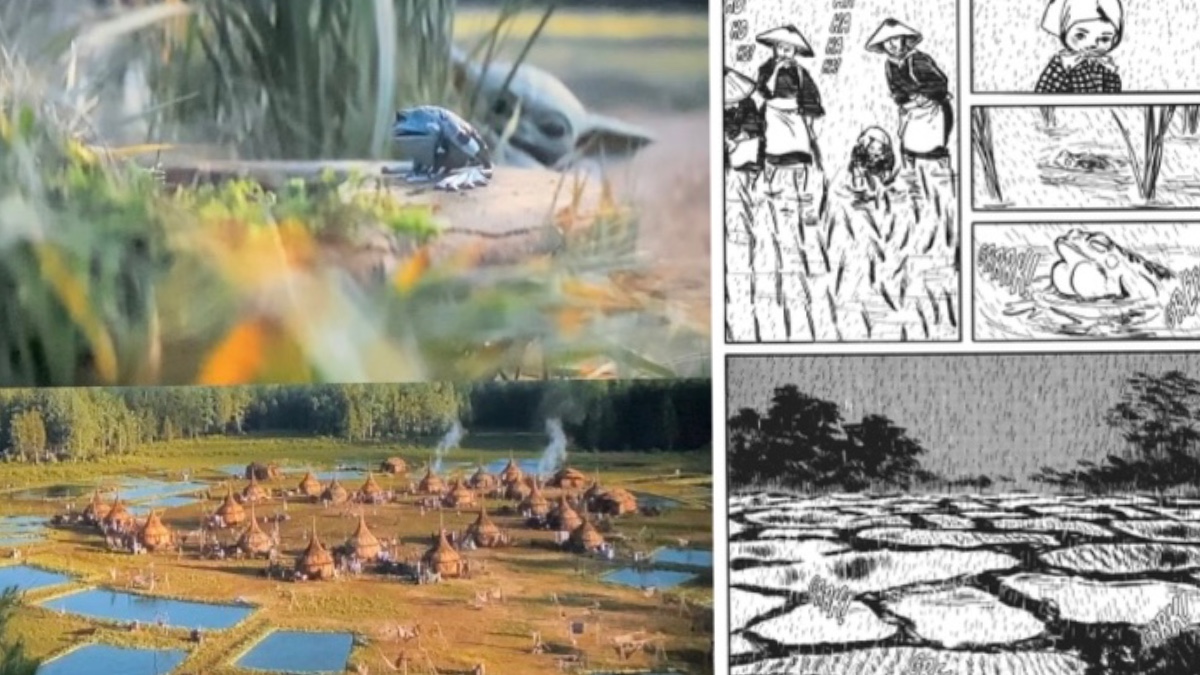
Of course, Star Wars itself is hugely inspired by samurai films; even the Jedi are patterned after samurai. George Lucas, creator of Star Wars, admits to being greatly inspired by the 1958 Japanese film, The Hidden Fortress, and its director Akira Kurosawa. Lucas shies away from believing he took anything significant from the film, though we have noted numerous similarities that are too much to categorize as coincidental, especially given Lucas’ own professed love for the film.
After all, the movie has a jedi – sorry, a samurai – trying to help a princess escape into allied territory. Two other characters join in, and the story is mostly told from their perspective. Lucas has said they inspired R2-D2 and C-3PO. There’s too many similarities to mention here, because we already dedicated an entire article to the subject, but there are even scenarios and visuals that are the same.
Following in typical Star Wars fashion, The Mandalorian has participated in the borrowing of samurai stories.
In 1993, a Japanese manga magazine called Monthly Afternoon began publishing a story titled Blade of the Immortal. Created, written, and illustrated by Hiroaki Samura, Blade of the Immortal is about a samurai named Manji, the titular immortal, who believes his immortality is a curse and proceeds to try and become mortal again. The story mostly follows Manji’s journey on his attempt to end his curse. However, Samura leads the character away from his journey and slowly changes the course of the plot, adding an impressive number of appealing characters who enrich the story.
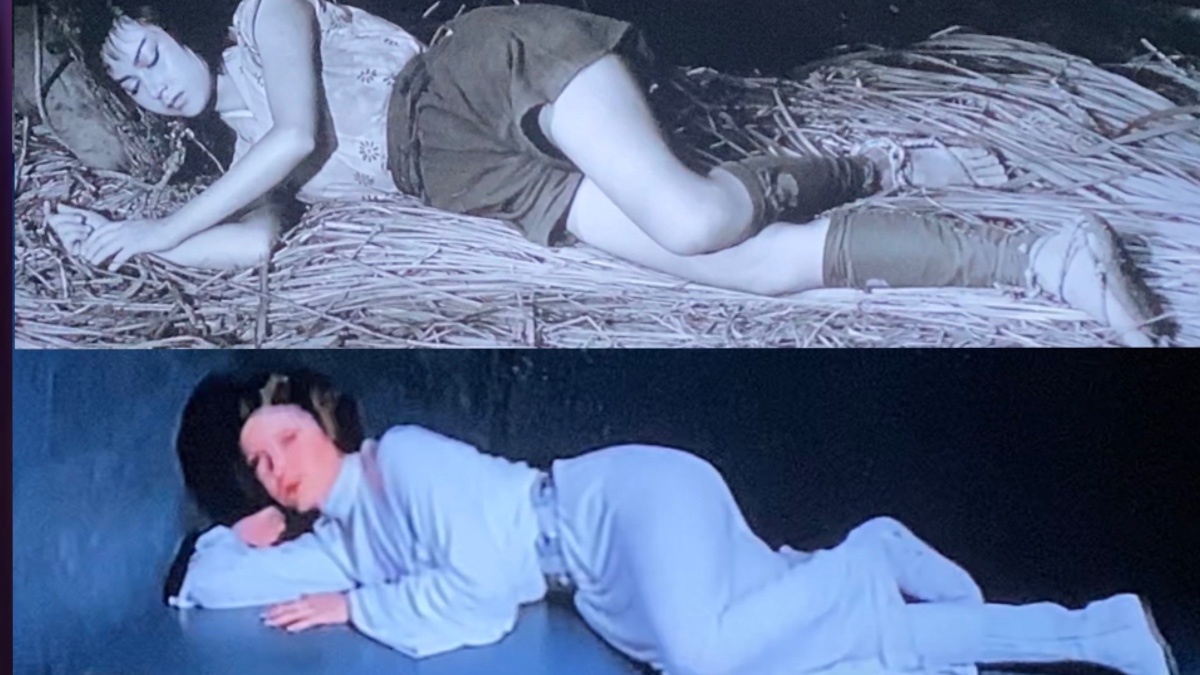
Dark Horse Comics began publishing the series in monthly installments beginning in 1996 and the story was so popular that they published it for its entire 20-year run. The series was groundbreaking in its presentation and won awards both in Japan and in the U.S.
In 2003, in the Blade of the Immortal storyline titled Trickster, Samura introduces a shift in the plot.
A samurai named Kagimura Habaki leads the Shogun’s Banshu samurai and abducts Manji, holding him captive in an underground prison. Why? For his blood.
He has a doctor, Ayame Burando, experiment on him in an attempt to find out what makes Manji immortal. Burando continuously extracts blood from Manji in what are called “immortality experiments.” Surely, if they can figure out what makes his blood so special then such immortality can obviously be used for their own corrupt purposes. In fact, the main goal is to make the Shogun immortal.
In The Mandalorian, Grand Moff Gideon is basically the Kagimura character. He kidnaps Grogu, because Grogu has extreme force-sensitive abilities. Gideon then has a doctor, Dr. Pershing, study Grogu’s blood and extracts it for secret experiments. He doesn’t necessarily care if it comes at a cost to Grogu in the same way that Kagimura didn’t care if it came at a cost to Manji.
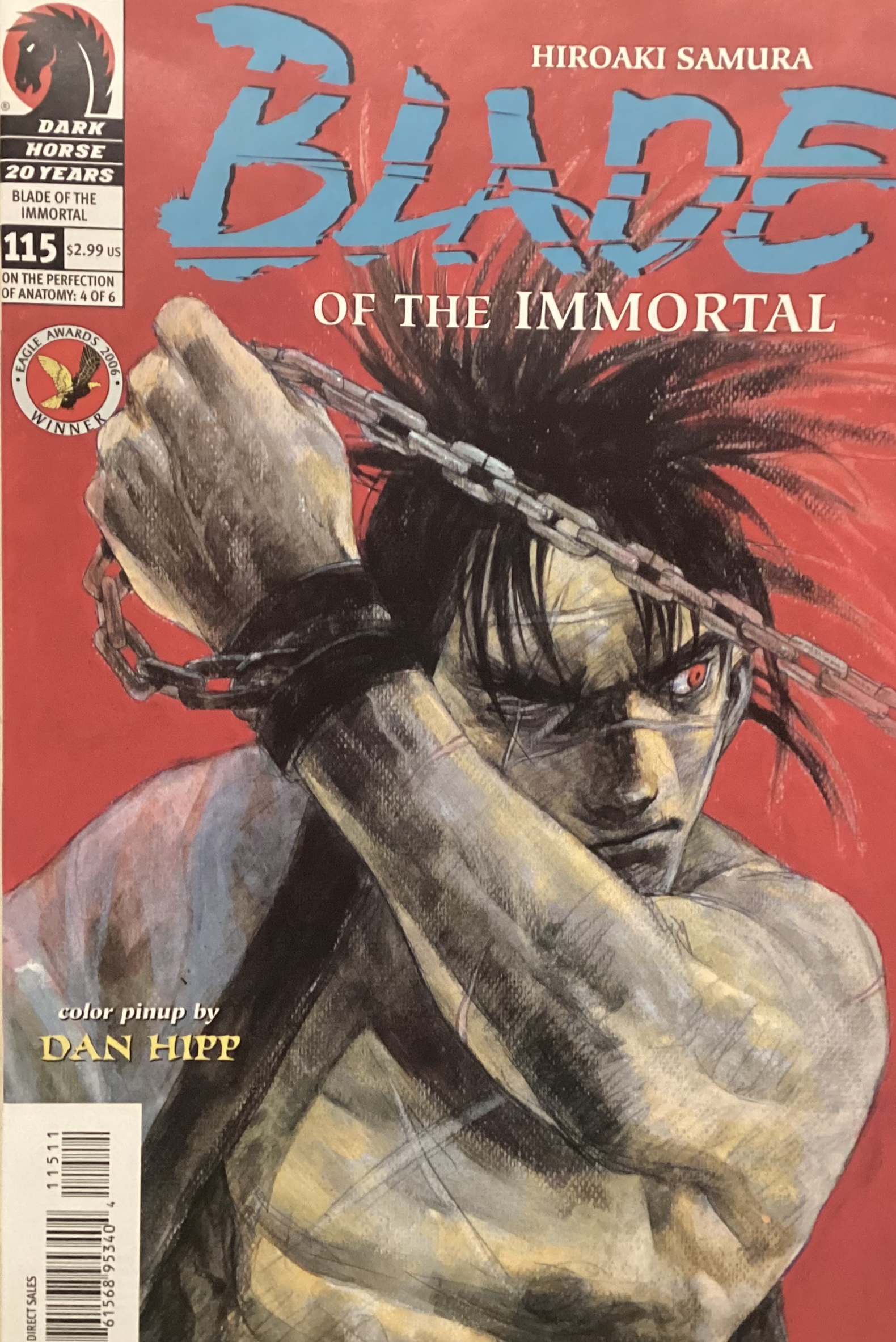
We see both Manji and Grogu at their most vulnerable during these respective storylines, which, in regards to Blade of the Immortal, was such a definitive part of the story that the plotline lasted for 4 years. In The Mandalorian, it can be said to be the main plotline of the show since the desire to capture Grogu begins in the very first episode and the series becomes a chronicle of the attempts to keep him safe.
As ruthless as Moff Gideon is, it’s nothing quite like Kagimura even though he’s a family man. The reason why he has Manji in a prison is so that the doctors can conduct blood transfusions on the prisoners. He hires a trusted Samurai to then kill those prisoners to see if they are immortal. Let’s just say, the experiment fails, with hundreds being murdered.
The Mandalorian hasn’t taken a similarly extreme approach, but Blade of the Immortal also saw friends of Manji free him from his captivity, much like how the Mandalorian puts his life on the line to free Grogu.
If you’re curious to know how Blade of the Immortal ends, well (spoiler alert for those who want to read it) Manji doesn’t become mortal which, from a certain perspective, makes it a sad story because he wants mortality. The reader learns to understand why he sees this as a curse because he outlives everyone.
Lone Wolf & Cub has a much grander ending; Daigoro, the child whom Grogu is allegedly patterned after, witnesses his father’s death at the hands of his arch enemy. Daigoro ends up killing that enemy. So, if The Mandalorian continues to gain inspiration from these stories then we could see Grogu witness the Mandalorian’s death and avenge him.
We could also see Grogu’s sadness as he outlives everyone in the series, which will almost certainly happen considering his species lives to be several hundred years old.
No matter the case, we hope for more of an unexpected ending, especially one not borrowed from Lone Wolf & Cub or Blade of the Immortal.
Maybe Manji himself will show up and save Grogu, but we have a hunch that such a crossover will never happen.

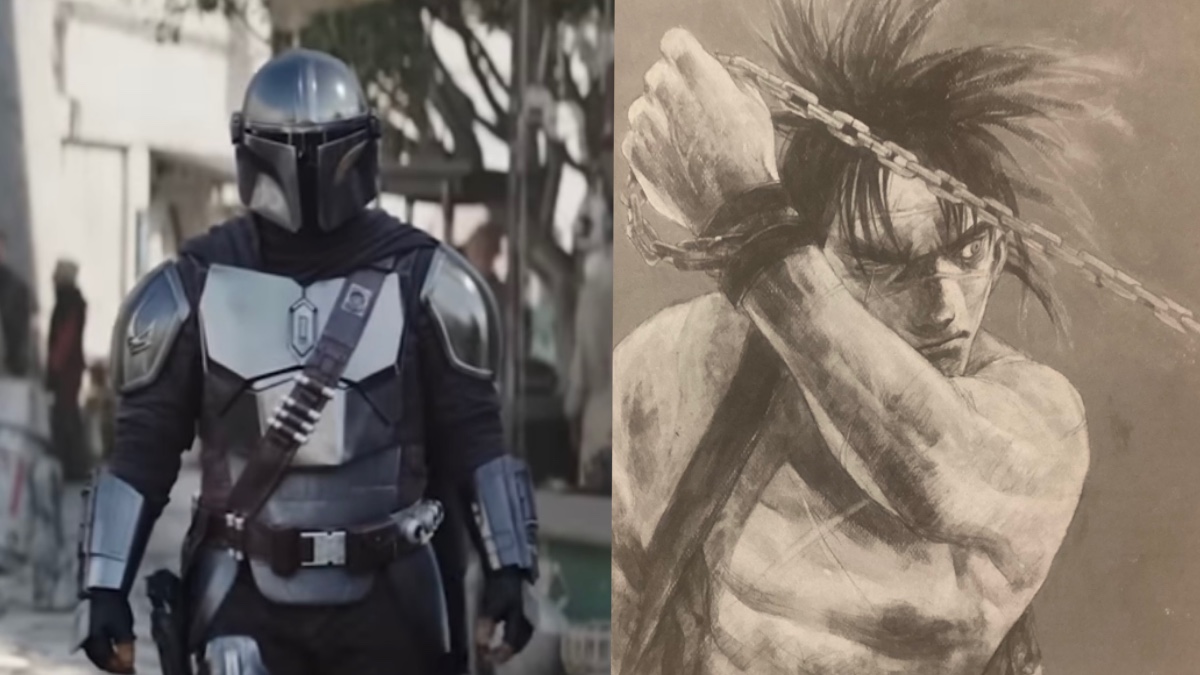
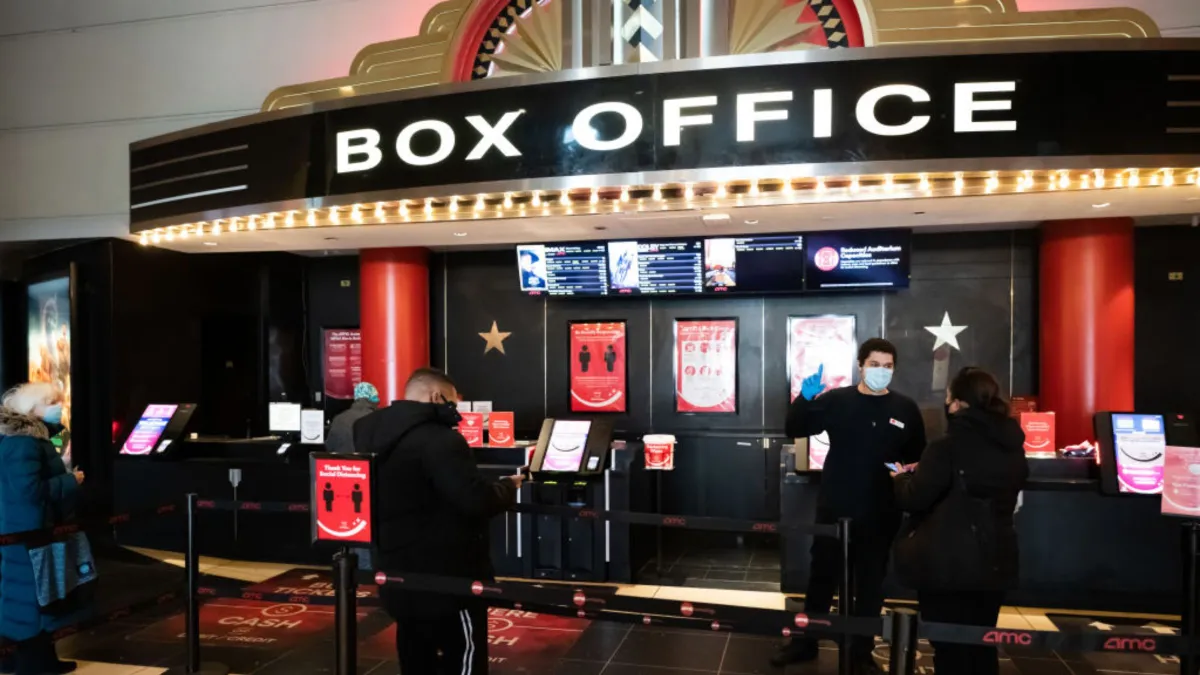
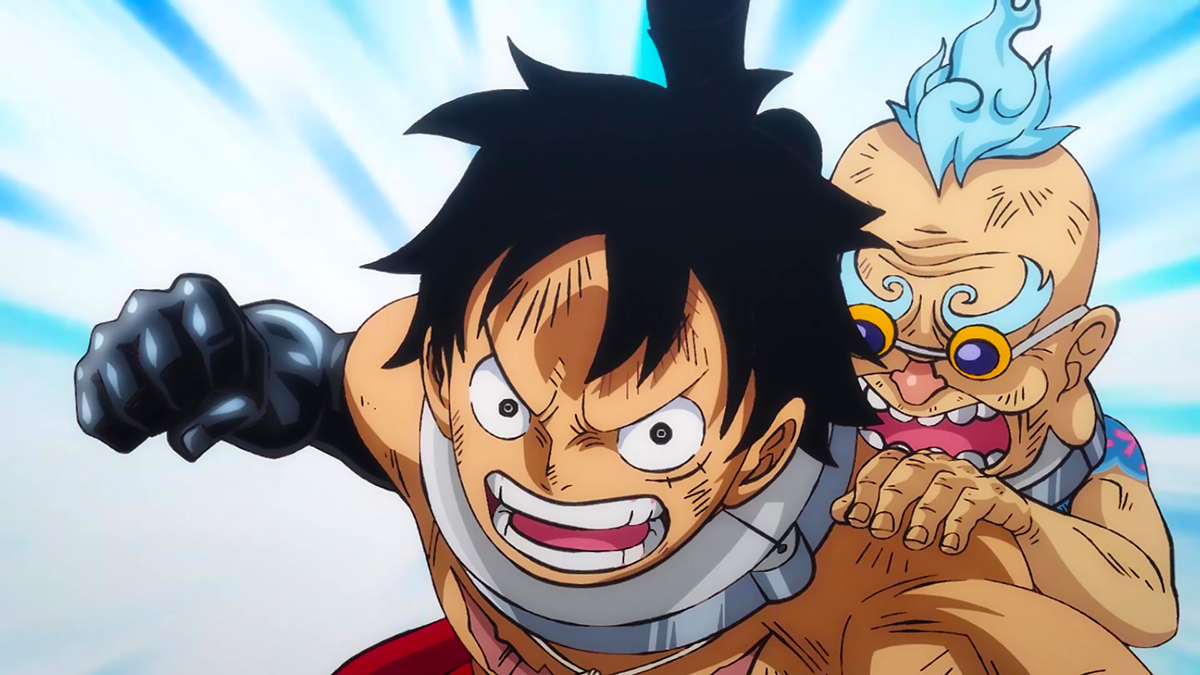
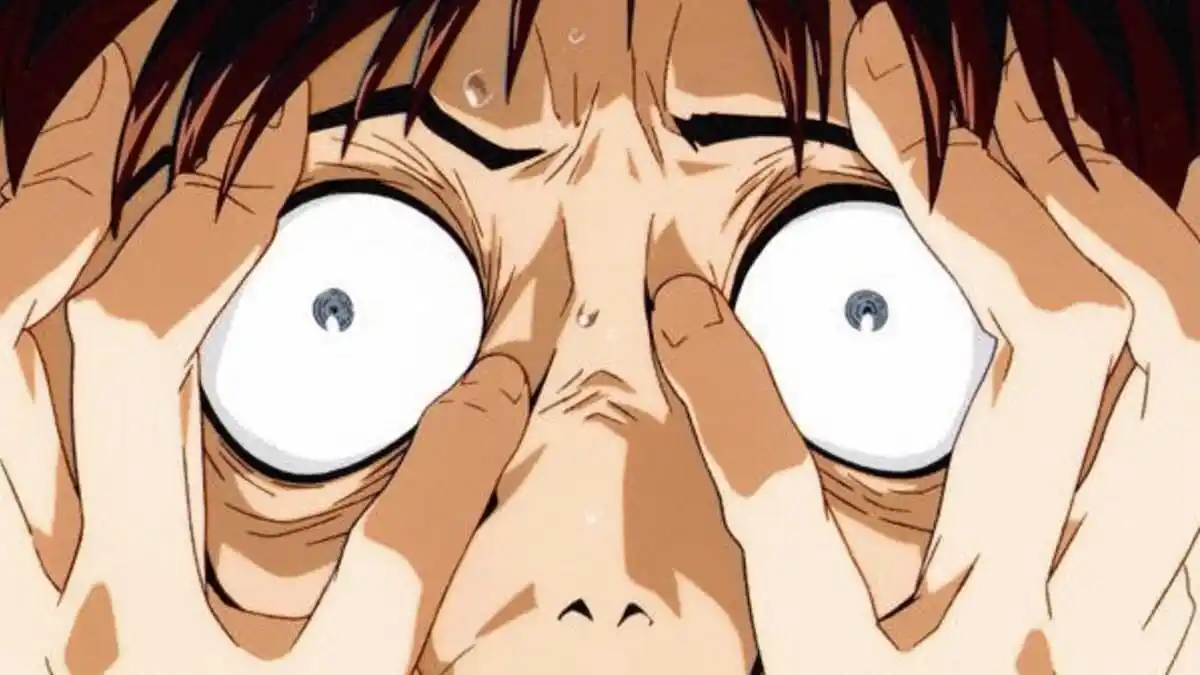
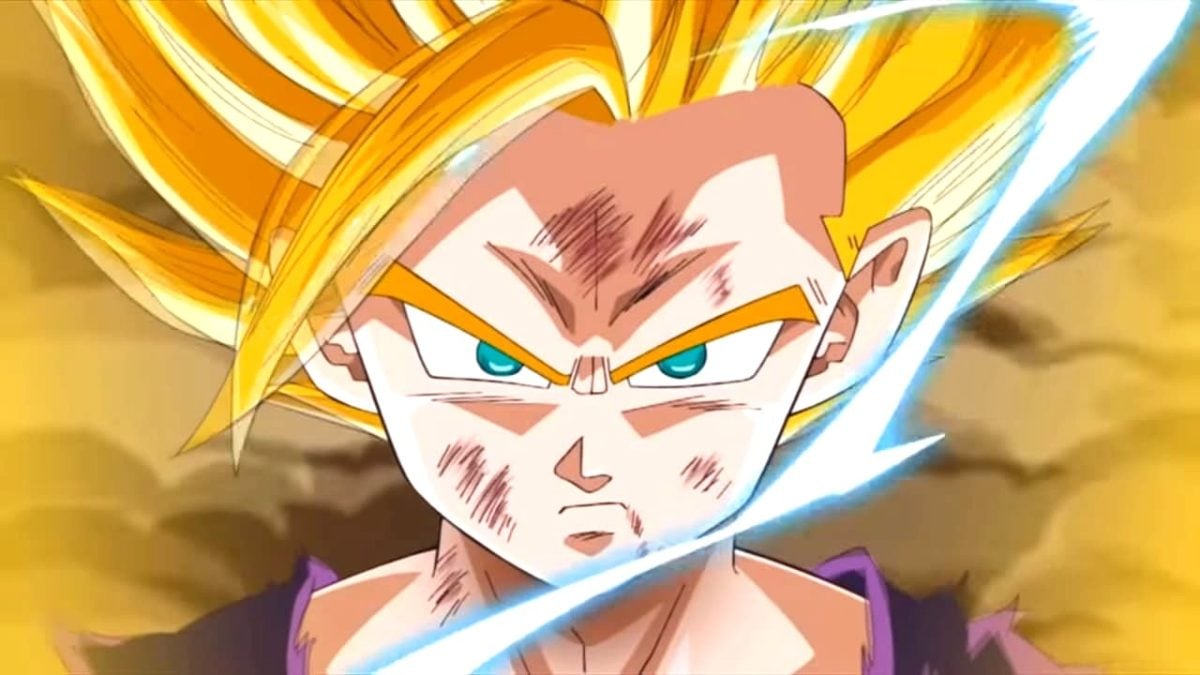
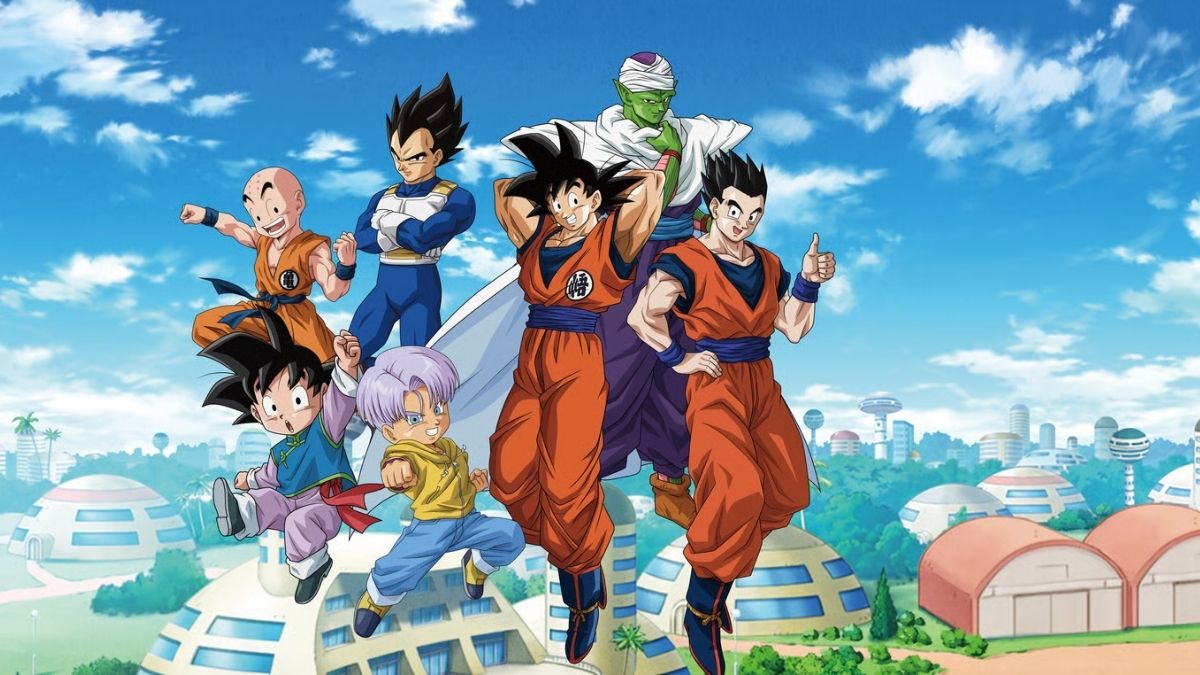
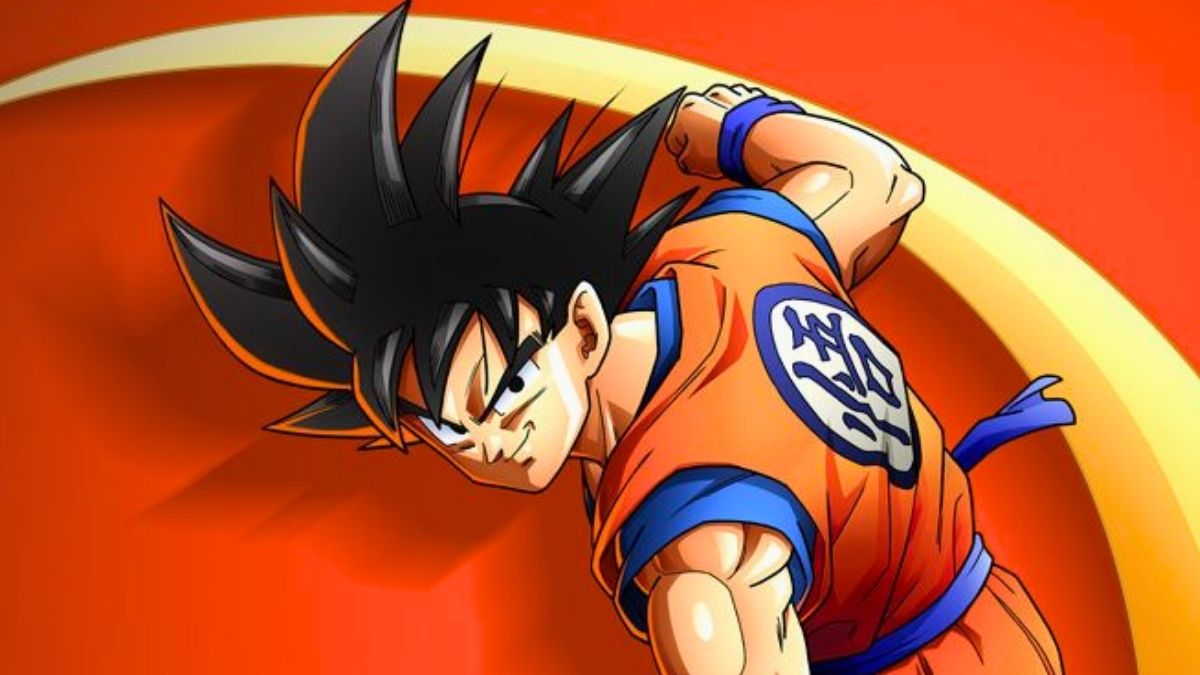
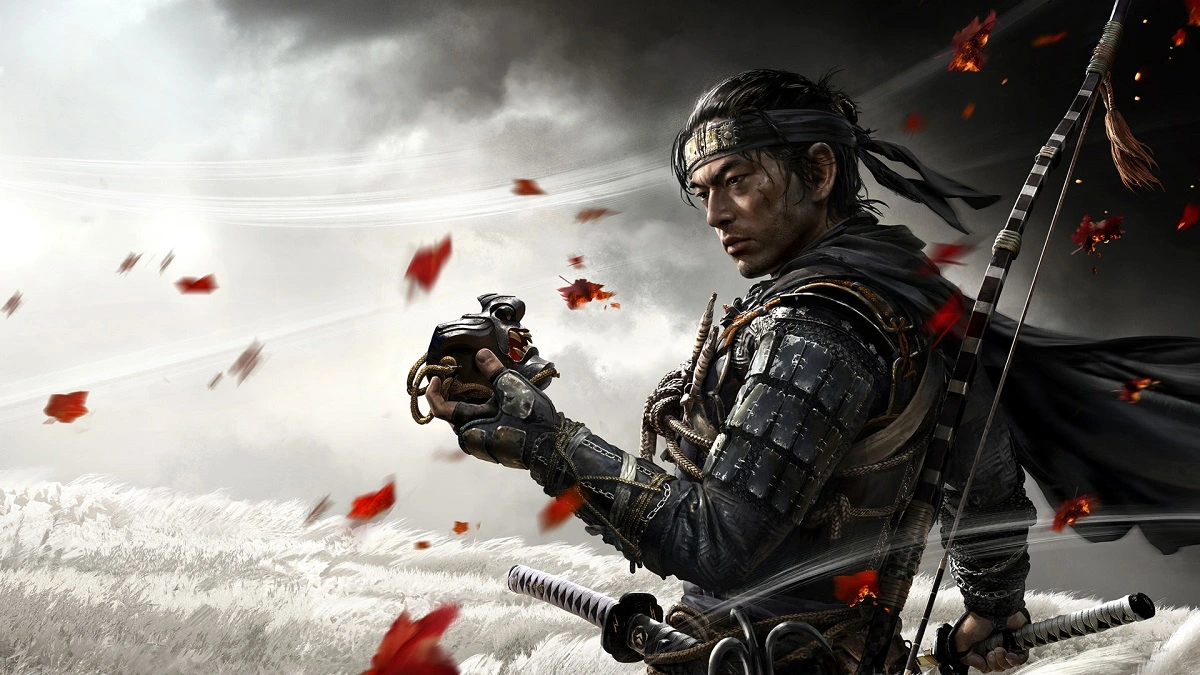
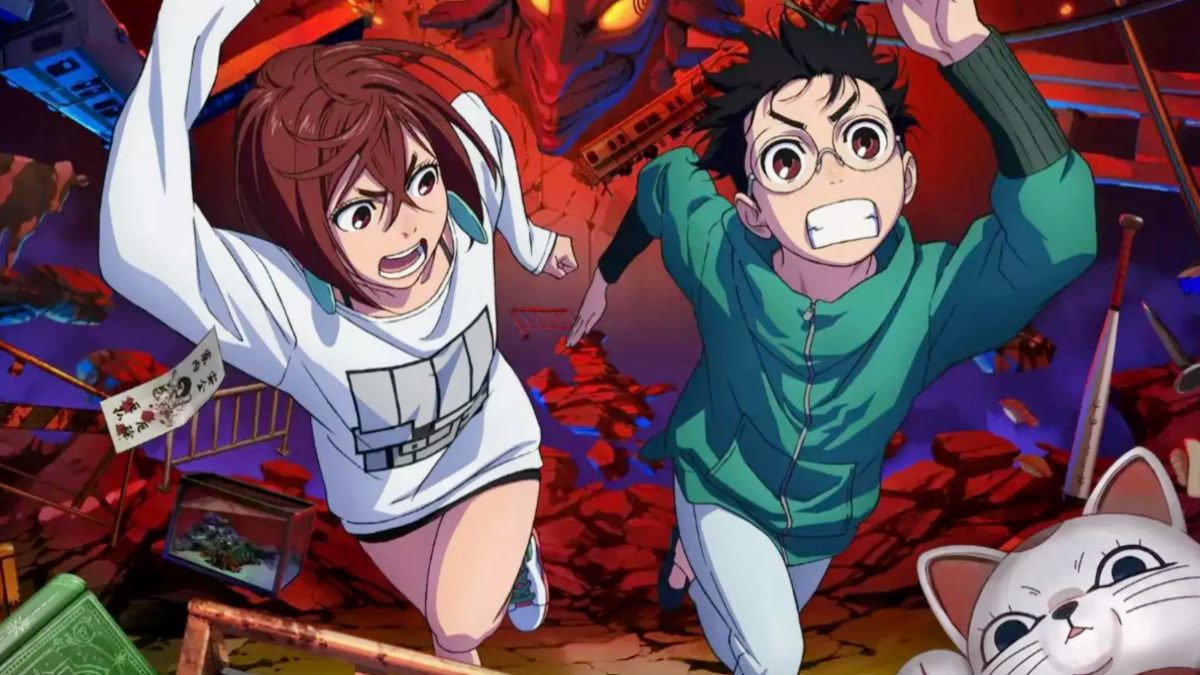

Published: Feb 28, 2023 07:44 pm